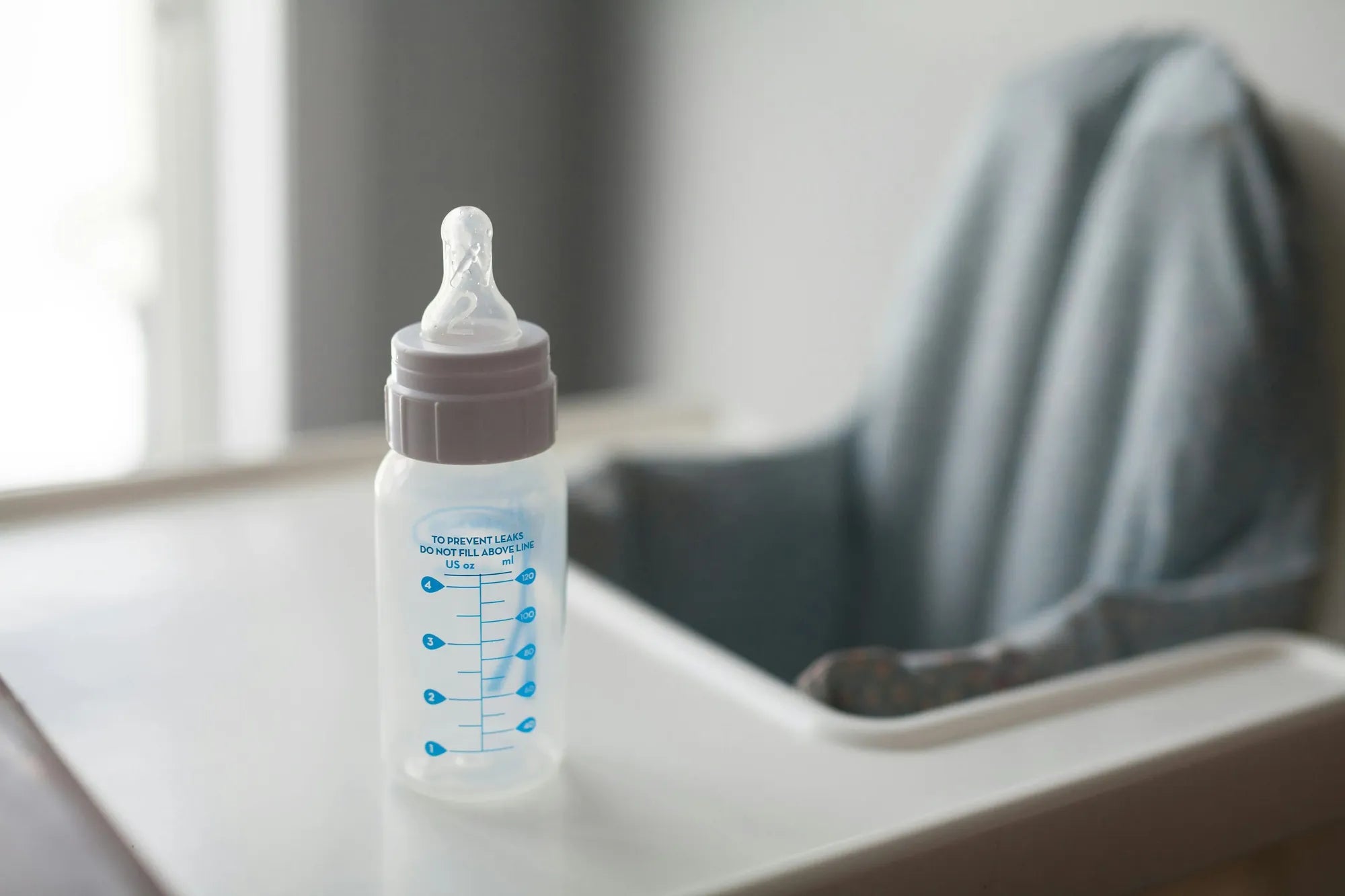Home
Pregnancy, Breastfeeding, and Pumping: The Ultimate Guide for Moms
How Long Should One Pump Breast: A Comprehensive Guide

How Long Should One Pump Breast: A Comprehensive Guide
Breastfeeding is a deeply personal journey, and for many mothers, pumping breast milk is an essential part of it. Whether you're returning to work, managing low milk supply, or simply seeking flexibility, knowing how long to pump can make all the difference. This guide dives into the factors that influence pumping duration and provides actionable tips to help you find the right balance.
Understanding the Basics of Breast Pumping
Breast pumping is a process that mimics a baby's natural sucking rhythm to extract milk from the breasts. The duration of pumping sessions can vary widely depending on individual circumstances. On average, most mothers find that pumping for 15 to 20 minutes per session is effective. However, this can differ based on factors such as milk supply, pump efficiency, and personal comfort.
Factors That Influence Pumping Duration
Several factors can affect how long you should pump breast milk. These include:
- Milk Supply: Mothers with a robust milk supply may find that they can express milk more quickly, while those with a lower supply may need to pump longer.
- Pump Efficiency: High-quality pumps can extract milk more efficiently, reducing the time needed per session.
- Breast Storage Capacity: Some women have larger storage capacities in their breasts, allowing them to pump more milk in a shorter time.
- Frequency of Pumping: Pumping more frequently can reduce the duration of each session, as the breasts are less engorged.
- Comfort and Technique: Proper positioning and relaxation can make pumping more effective and less time-consuming.
How Often Should You Pump?
The frequency of pumping is closely tied to how long each session should last. For mothers who are exclusively pumping, it's generally recommended to pump 8 to 12 times per day, including at night. This frequency helps maintain milk supply and ensures that the baby receives enough nourishment. If you're pumping in addition to breastfeeding, you may need fewer sessions, but the duration should still be sufficient to empty the breasts.
Tips for Efficient Pumping
To make the most of your pumping sessions, consider the following tips:
- Create a Comfortable Environment: Find a quiet, relaxing space where you can focus on pumping without distractions.
- Use Proper Technique: Ensure that the pump flanges fit correctly and that you're using the right suction settings for your comfort.
- Stay Hydrated and Nourished: Drinking plenty of water and eating a balanced diet can support milk production.
- Massage Your Breasts: Gentle massage before and during pumping can help stimulate milk flow.
- Pump on a Schedule: Consistency is key. Try to pump at the same times each day to establish a routine.
Signs You're Pumping Long Enough
How do you know if you're pumping for the right amount of time? Here are some signs that your session is effective:
- Milk Flow Slows Down: When the milk flow decreases significantly, it's a sign that your breasts are adequately emptied.
- Breasts Feel Soft: After pumping, your breasts should feel softer and less full.
- You Reach Your Milk Output Goal: If you're consistently meeting your target milk volume, your pumping duration is likely sufficient.
Common Mistakes to Avoid
While pumping, it's easy to fall into habits that can reduce efficiency or cause discomfort. Avoid these common mistakes:
- Pumping Too Long: Extended pumping sessions can lead to soreness and may not necessarily increase milk output.
- Using the Wrong Settings: High suction levels can cause pain and damage to breast tissue. Start with a lower setting and adjust as needed.
- Skipping Sessions: Inconsistent pumping can disrupt milk supply and make it harder to maintain a routine.
Adjusting Pumping Duration Over Time
As your baby grows and your breastfeeding journey evolves, your pumping needs may change. For example, as your baby starts eating solid foods, you may need to pump less frequently or for shorter durations. Pay attention to your body's signals and adjust your pumping schedule accordingly.
When to Seek Professional Help
If you're struggling with low milk supply, pain during pumping, or other challenges, don't hesitate to seek help from a lactation consultant or healthcare provider. They can offer personalized advice and support to ensure that your pumping routine is effective and comfortable.
Finding the right balance for pumping breast milk is a journey that requires patience and experimentation. By understanding the factors that influence pumping duration and implementing efficient techniques, you can make the process smoother and more rewarding. Remember, every mother's experience is unique, so trust your instincts and seek support when needed. Your dedication to providing nourishment for your baby is truly commendable.
Share

